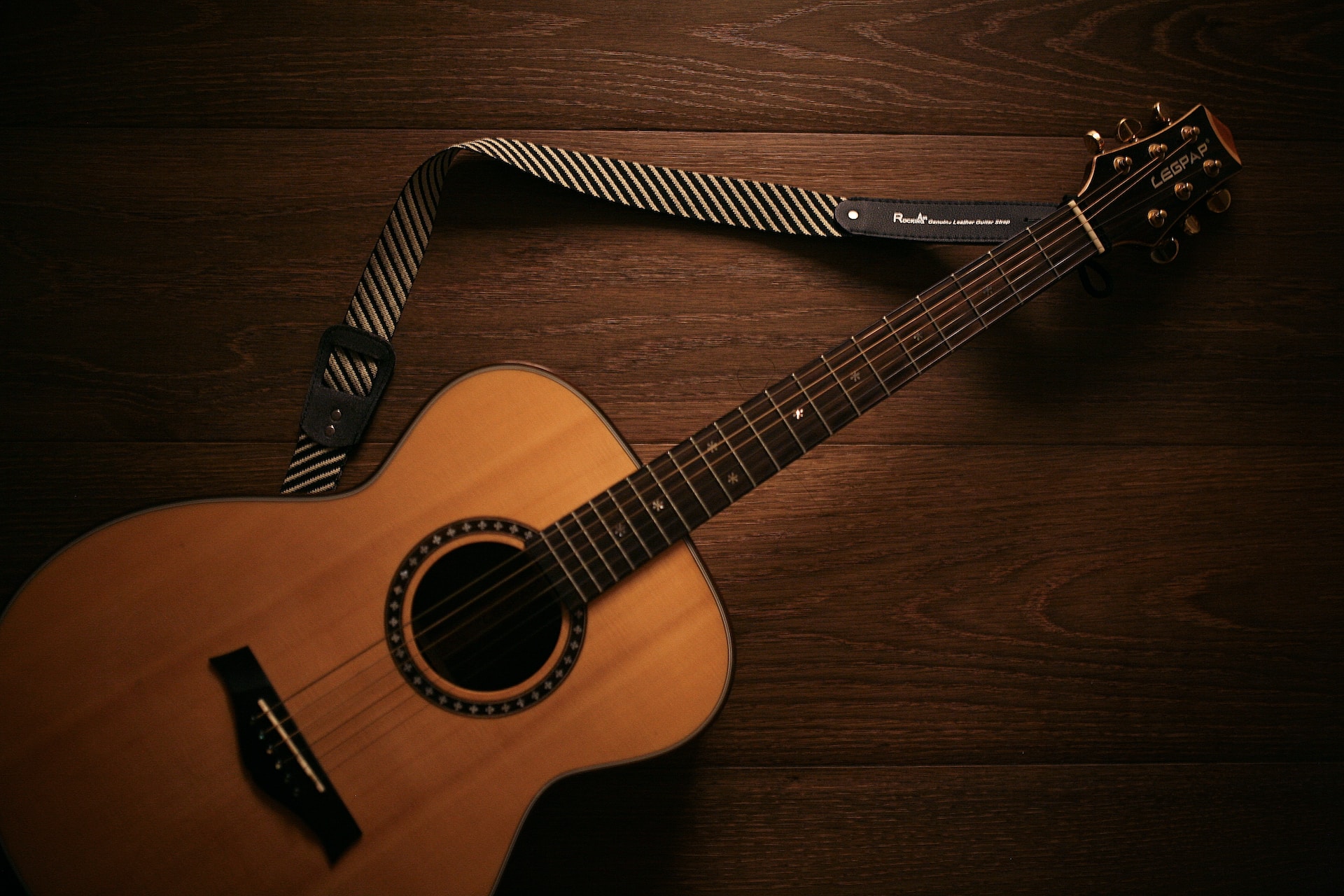Tuning your guitar is a fundamental skill that every guitarist should master. Whether you’re a beginner or an experienced player, keeping your guitar properly tuned is essential for producing great sound. In this article, we’ll take you through the step-by-step process of tuning your guitar. So grab your instrument, let’s dive in!
Step 1: Understand Standard Tuning:
The standard tuning for a guitar is E-A-D-G-B-E, starting from the thickest string (low E) to the thinnest string (high E). Each letter represents the note of the open string when played without pressing any frets.
Step 2: Get a Tuner:
Using an electronic tuner will greatly simplify the tuning process. There are many tuner options available, including clip-on tuners, pedal tuners, or tuner apps for your smartphone. Choose one that suits your preference and budget.
Step 3: Tune the Low E String:
Begin by plucking the low E string (thickest string) while the tuner is on. Adjust the tuning peg located on the headstock of your guitar until the tuner indicates that the string is in tune. Turn the peg clockwise to tighten the string and raise the pitch, or counterclockwise to loosen the string and lower the pitch. Repeat this step until the tuner shows that the low E string is perfectly in tune.
Step 4: Tune the A String:
Next, move on to the A string (second thickest string). Play the open A string and adjust the tuning peg until the tuner displays that the note is in tune. If the string is too sharp (higher pitch), loosen the peg, and if it’s too flat (lower pitch), tighten the peg. Keep adjusting until the tuner indicates perfect tuning.
Step 5: Tune the D String:
Continue the process by tuning the D string (third thickest string). Play the open D string and follow the same procedure as before to adjust the pitch using the tuning peg. Aim for perfect tuning according to the tuner’s indication.
Step 6: Tune the G String:
Now, focus on the G string (fourth thickest string). Play the open G string and adjust the peg accordingly to achieve accurate tuning as per the tuner’s reading.
Step 7: Tune the B String:
Moving on, tune the B string (second thinnest string). Play the open B string and make adjustments to the tuning peg until the tuner confirms precise tuning.
Step 8: Tune the High E String:
Finally, tune the high E string (thinnest string). Pluck the open high E string and adjust the tuning peg to match the pitch indicated by the tuner. Take your time to ensure accuracy.
Step 9: Check and Fine-tune:
After tuning all six strings individually, strum all the strings together to check their collective sound. Listen carefully for any discrepancies and use the tuner to fine-tune any strings if needed. Make small adjustments until all strings sound harmonious and in tune.
Conclusion:
Tuning your guitar is an essential skill that will greatly enhance your playing experience. By following this step-by-step guide and using an electronic tuner, you’ll be able to keep your guitar in tune accurately and effortlessly. Remember to tune your guitar regularly, as changes in temperature and humidity can affect the instrument’s tuning. Happy playing!

Leave a Reply